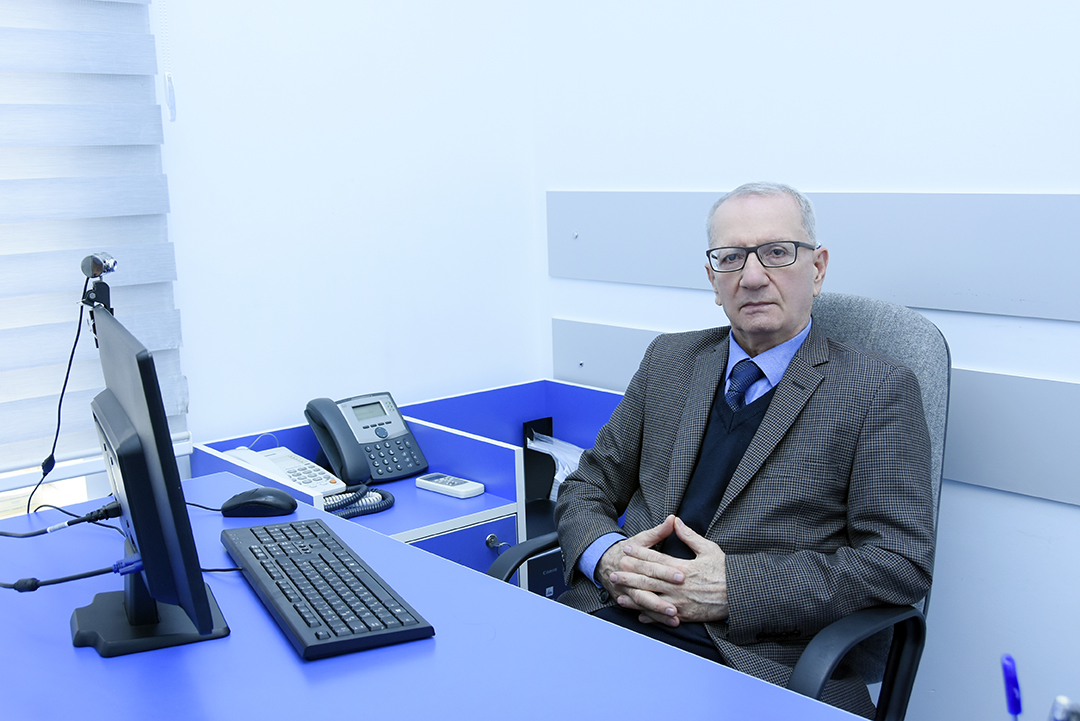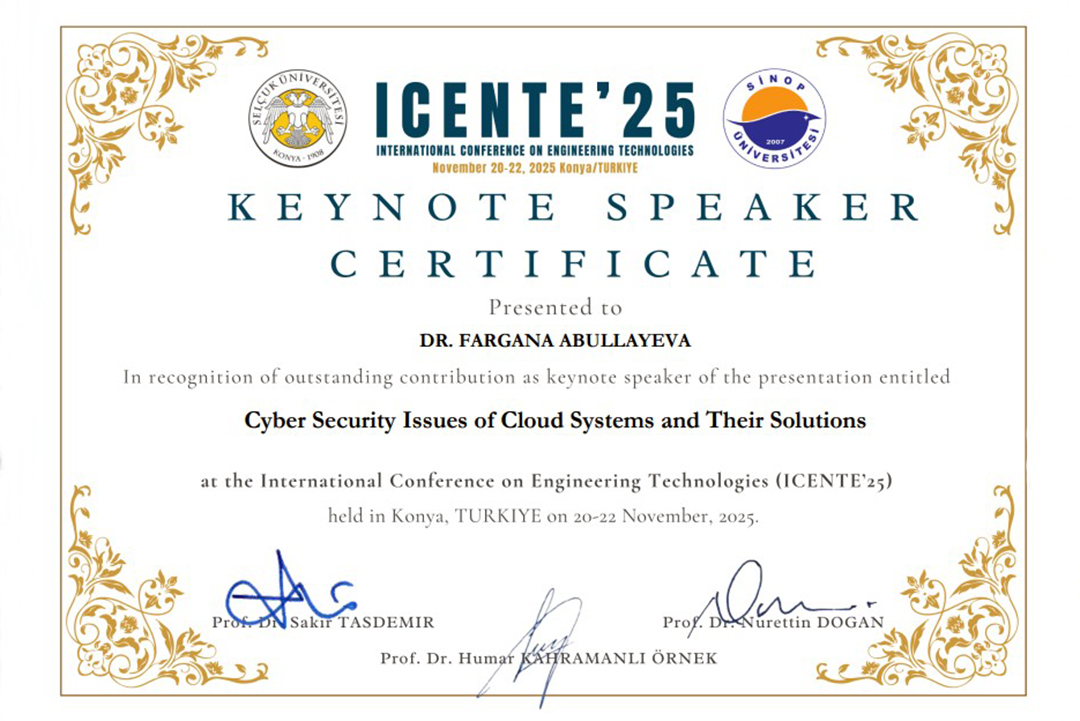NEWS
Microsoft created a virtual reality system for the blind

Engineers from Microsoft have developed a system that allows blind people to interact with objects of virtual reality through a cane. It allows not only to feel the fact of collision with objects, but also to distinguish objects and surfaces of different types through vibration output and sound, it is reported in the work, which will be presented at the conference CHI 2018 and available on the Microsoft website.
Many large technology companies are developing and are already producing helmets and virtual reality glasses. Almost all such devices rely on visual perception. And although some engineers and companies create devices that add tactile sensations to virtual reality, for example, with electric muscle stimulation or haptic gloves, they are still not suitable for blind people, because they usually get information about the environment by touching objects with a walking stick .
Engineers led by Mike Sinclair of Microsoft have developed a system that allows blind and visually impaired people to perceive virtual objects through a cane. It consists of a metal rod fixed to the belt, to which the end of the short cane is attached. Thus, the user can freely move it along the rod. The cane is equipped with a vibration motor and a sensor that monitors the position of the cane relative to the virtual reality helmet. In addition, a brake is installed on the base of the rod, which can stop its horizontal movement.
The user walks the room and moves left and right a short cane, which in virtual reality is much longer. When a cane encounters a virtual object, the brake stops the movement of the rod, and therefore the cane, and creates a sensation of a real collision. In addition, the motor on the cane produces a vibration, and the speakers in the helmet produce a sound corresponding to a specific object. For example, the sound of a kick on a garbage canal will differ from the sound of a blow to the floor. Also, the system can create a different tactile response for different surfaces, for example, for tactile tiles on the sidewalk or asphalt.
The developers have published a video describing the system, as well as several examples of use, including simulated road junction:
In 2015, Microsoft specialists created an audiavigator for the blind, which allows them to hear information about the surrounding objects, and the user hears it exactly from the side with which the object is located.



